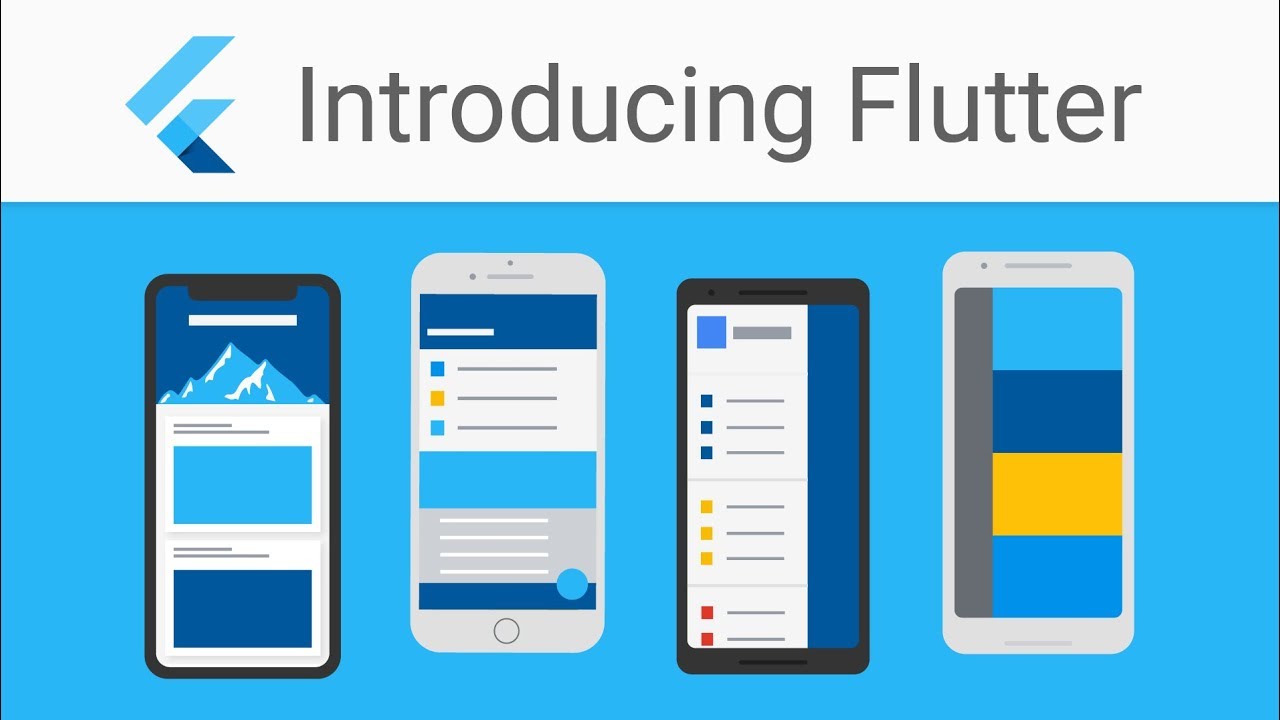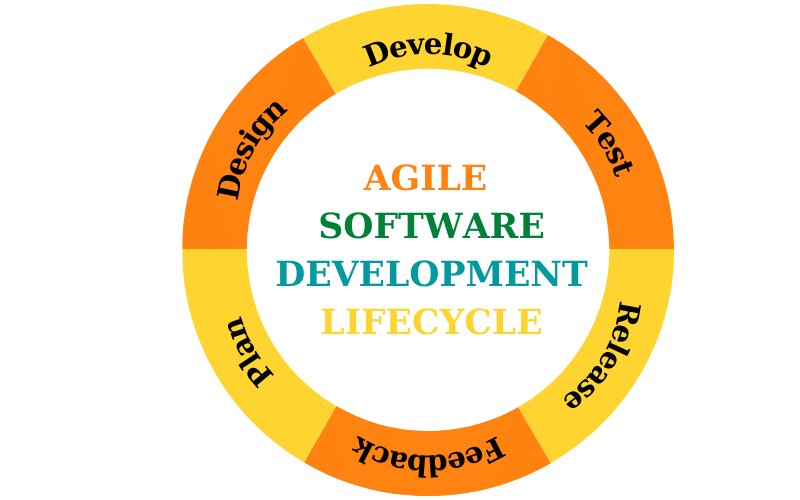
Flutter: Comprehensive Framework Analysis
Key Takeaway: Flutter’s widget-driven architecture, unified codebase, and rapid iteration capabilities empower agencies to deliver visually rich, high-performance, cross-platform applications with a consistent user experience—accelerating time-to-market and lowering maintenance overhead for mobile, web, and desktop projects.
Introduction
Flutter is an open-source UI software development kit (SDK) created by Google in 2015 and publicly released in May 2017. Unlike frameworks that rely on platform-native UI components, Flutter renders its own widgets via Google’s Skia graphics engine (or the new Impeller layer), producing pixel-perfect interfaces across Android, iOS, web, Linux, macOS, Windows, and embedded targets from a single Dart codebase. Its hot reload feature, declarative, component-based model, and first-class Dart integration have made Flutter one of the fastest-growing frameworks for building production-ready apps.techaheadcorp+2
History and Origins
- 2015: Google unveils “Sky” at the Dart Developer Summit; early prototypes demonstrate 120 fps rendering on Android devices.
- 2017 (May): Flutter 1.0 stable release at Flutter Live ’18, marking full support for Android and iOS. The first commercial app deployed within three months showcased Flutter’s rapid development promise.techaheadcorp
- 2019: Introduction of web support (“Hummingbird”) and desktop technical previews. Expansion to Chrome, macOS, Linux, and Windows laid groundwork for truly universal apps.
- 2021 (March, Flutter 2.0): Flutter Engage event announces stable web support alongside mobile, plus early desktop support. Null safety arrives via Dart 2.12, elevating code reliability and performance.wikipedia
- 2022 (May, Flutter 3.0): Full, stable support for desktop platforms and Google’s Fuchsia apps. Impeller graphics layer preview improves iOS rendering.
- 2024–2025: Flutter 3.19 and beyond refine performance, tooling, and platform parity. A community-driven fork, Flock, emerges to streamline contributions while staying in sync.wikipedia
Architecture and Core Concepts
- Widgets Everywhere:
- Flutter’s UI is composed entirely of widgets, immutable descriptions of part of the interface. Widgets can nest recursively, enabling rich, custom layouts.
- Stateless widgets rebuild only when inputs change; stateful widgets manage internal state via
setState()calls to update visuals.
- Rendering Engine:
- Skia powers Flutter’s high-fidelity drawing across platforms.
- Impeller (on iOS/Android API 29+) reduces CPU overhead and stutters, enhancing performance on modern devices.techaheadcorp
- Declarative Programming:
- UI updates occur by rebuilding widget trees in response to state changes, simplifying synchronization between data and visuals.
- Dart Language & Tooling:
- Ahead-of-Time (AOT) compilation yields native ARM machine code for fast startup.
- Just-in-Time (JIT) runtime enables hot reload, reflecting code edits instantly without full restarts, boosting developer productivity.techaheadcorp
- Pub package manager provides access to thousands of Flutter-specific plugins and Dart libraries.
- Cross-Platform Strategy:
- Single codebase compiles for mobile, web (transpiled to JavaScript), desktop, and embedded targets.
- Platform-agnostic foundation means consistent look, feel, and performance across devices.
Benefits
- Unified Development Experience:
- One Dart codebase for iOS, Android, web, desktop, and embedded platforms cuts development effort up to 50 percent compared to separate native apps.thedroidsonroids
- Rapid Iteration with Hot Reload:
- Visual or logic changes appear instantly, preserving app state. Developers can tweak UI and debug on the fly, reducing iteration cycles by as much as 80 percent.geeksforgeeks
- High-Performance Graphics:
- Direct Skia (or Impeller) rendering bypasses platform UI layers, achieving 60 fps animations and smooth transitions—even on older hardware.geeksforgeeks
- Expressive, Customizable UI:
- Rich sets of Material Design and Cupertino widgets provide native‐style components; full customization enables unique branding and interactions.
- Strong Ecosystem and Community:
- Over 200,000 GitHub stars, thousands of packages on pub.dev, and growing enterprise adoption (Alibaba, Google Pay, ByteDance) ensure robust third-party support and frequent updates.netguru+1
- Consistent Testing:
- Flutter’s testing suite—unit, widget, and integration tests—enables confidence in code changes across platforms. Clean architecture patterns further isolate business logic for easy unit testing.stackademic
- Lower Maintenance Costs:
- Unified code reduces bug duplication and simplifies updates. A single feature rollout covers all platforms.
Drawbacks
- Larger Binary Sizes:
- Flutter apps include the engine and framework libraries, adding several MB overhead. While tree-shaking trims unused code, initial install sizes exceed equivalent native apps.thedroidsonroids
- Steep Learning Curve for Dart & Widgets:
- Teams unfamiliar with Dart and Flutter’s reactive, declarative model require ramp-up time. Advanced patterns (Composition API, InheritedWidget, async streams) can challenge newcomers.capyba
- Ecosystem Maturity Gaps:
- Certain platform-specific APIs or specialized plugins may be slower to appear or less polished than native SDK counterparts. Custom platform channels often fill gaps but add complexity.
- Web & Desktop Performance:
- While mobile support is mature, web and desktop targets sometimes lag in stability or performance compared to mobile builds, requiring careful optimization and feature gating.thedroidsonroids
- Platform-Feature Limitations:
- Deep integrations (e.g., advanced AR, low-level Bluetooth, background tasks) may need native modules, undermining pure cross-platform benefits.
- Corporate Adoption:
- Despite rapid growth, Flutter’s enterprise uptake is lower in some regions versus React Native or Xamarin, potentially impacting talent availability for large-scale projects.
Use Cases
1. Cross-Platform Mobile Applications
- Ideal for startups or MVPs needing rapid time-to-market across Android and iOS.
- Examples: Alibaba, Google Ads, Reflectly leverage Flutter for consistent UI and shared business logic.reddit
2. Embedded Widgets & Feature Modules
- Integrate Flutter components into existing native apps (using Flutter modules) for isolated UI features—such as chat widgets or onboarding screens—without full adoption.
3. Progressive Web Apps (PWAs)
- Flutter for Web builds single-page applications with rich, app-like interactions.
- Case Study: Hamilton’s interactive Broadway app demonstrates media-rich catalogs and quizzes built as a PWA.
4. Desktop Software
- With stable support on Windows, macOS, and Linux, Flutter suits internal tools or small desktop utilities with unified code.
- Use Case: Google Earth’s desktop interface powered by Flutter’s rapid UI iteration.
5. Real-Time Data Dashboards
- Use Flutter’s reactive architecture and WebSocket integrations to visualize streaming metrics, enabling live updating charts and controls.
6. IoT & Embedded Displays
- Light-weight Linux-based devices or kiosks use Flutter to render optimized interfaces with consistent performance.
7. Game Development Prototypes
- Flutter’s custom canvas and low-level rendering can prototype simple 2D games or interactive demos.
8. Workspace Productivity Tools
- Internal apps—time trackers, workflow dashboards—benefit from unified deployment across desktop and mobile.
Conclusion
Flutter stands at the forefront of cross-platform UI frameworks by delivering a unified development workflow, pixel-perfect rendering, and rapid iteration via hot reload. Its widget-centric model and Dart integration produce expressive, maintainable code. While binary size, advanced native integrations, and web/desktop maturity require strategic planning, agencies can harness Flutter to:
- Accelerate MVP delivery
- Reduce development and maintenance costs
- Ensure UI consistency across platforms
- Leverage a vibrant ecosystem
By adopting clean architecture patterns, modular design, and judicious use of platform channels, teams mitigate Flutter’s limitations and deliver scalable, high-performing applications that elevate client experiences. Agencies embracing Flutter’s capabilities—mobile, web, desktop, and beyond—position themselves to deliver future-proof, efficient, and engaging digital solutions that drive business success.
references:
- https://www.techaheadcorp.com/knowledge-center/history-of-flutter/
- https://www.thedroidsonroids.com/blog/flutter-pros-and-cons
- https://en.wikipedia.org/wiki/Flutter_(software)
- https://www.geeksforgeeks.org/flutter/advantages-and-disadvantages-of-flutters-hot-reload-feature/
- https://www.geeksforgeeks.org/flutter/flutter-advantages-disadvantages-and-future-scopes/
- https://www.netguru.com/blog/flutter-top-use-cases
- https://blog.stackademic.com/use-cases-in-clean-architecture-for-flutter-bridge-the-gap-f6d8a181f874
- https://www.capyba.com/blog/flutter-a-few-advantages-and-disadvantages-of-this-famous-framework
- https://www.reddit.com/r/FlutterDev/comments/195n2jb/what_are_some_great_apps_developed_in_flutter/
- https://pub.dev/packages/flutter_story_presenter
- https://stackoverflow.com/questions/60428689/how-to-create-user-history-page-similar-to-my-activity-on-google-flutter
- https://www.reddit.com/r/FlutterDev/comments/14n19ss/is_flutter_really_that_good/
- https://www.nomtek.com/blog/flutter-app-examples
- https://pub.dev/packages/story_maker
- https://waverleysoftware.com/blog/why-use-flutter-pros-and-cons/
- https://flutter.dev/showcase
- https://flutter.dev
- https://leancode.co/blog/flutter-pros-and-cons-summary
- https://www.monterail.com/blog/flutter-cross-platform-app-development-use-cases
- https://www.youtube.com/playlist?list=PLjxrf2q8roU33POuWi4bK0zvDpAHK6759
- https://pangea.ai/resources/best-practices-flutter
- https://dribbble.com/shots/6582639-Lunching-meets-Flutter-mobile-app
- https://www.intelivita.com/blog/apps-made-with-flutter/
- https://www.thedroidsonroids.com/blog/what-is-flutterflow
- https://www.geeksforgeeks.org/flutter/flutter-an-introduction-to-the-open-source-sdk-by-google/
- https://www.linkedin.com/posts/droids-on-roids_pros-and-cons-of-flutter-app-development-activity-7095004513337548800-s9zB
- https://www.geeksforgeeks.org/blogs/what-is-flutter/
- https://www.netguru.com/clients/lunching-flutter-app
- https://thectoclub.com/services/best-flutter-app-development-company/
- https://www.geeksforgeeks.org/blogs/flutter-vs-native/
- https://github.com/netguru/flutter-recruitment-task
- https://proandroiddev.com/flutter-vs-kotlin-multiplatform-key-factors-to-consider-for-your-app-b9c30d0cdd93
- https://www.geeksforgeeks.org/videos/flutter-advantages-disadvantages/
- https://startup.jobs/junior-flutter-developer-netguru-3132059
- http://softwarefinder.com/software-development/droids-on-roids
- https://www.geeksforgeeks.org/blogs/flutter-vs-java/
- https://www.geeksforgeeks.org/blogs/flutter-vs-xamarin/
